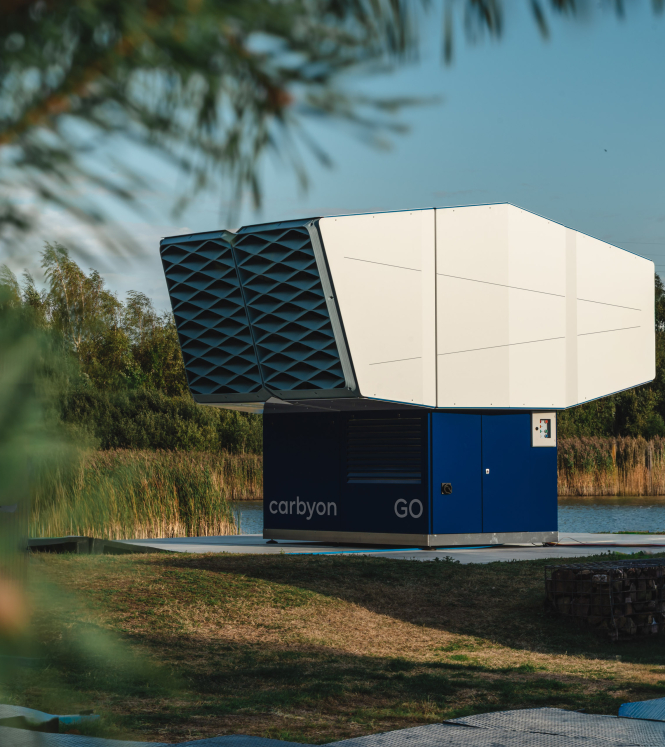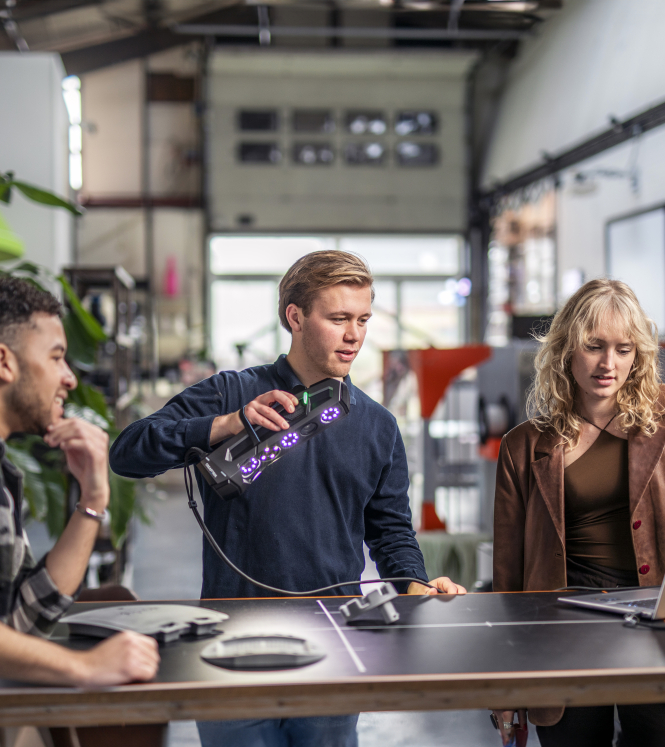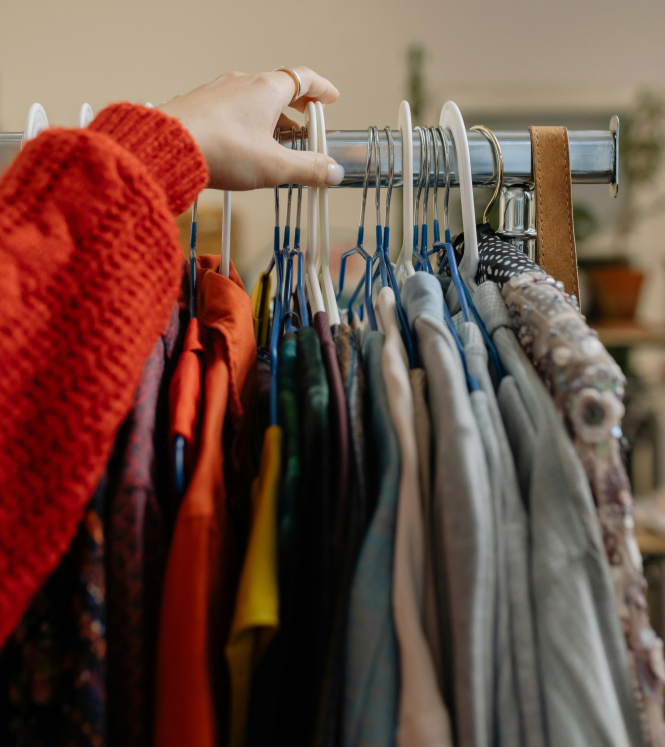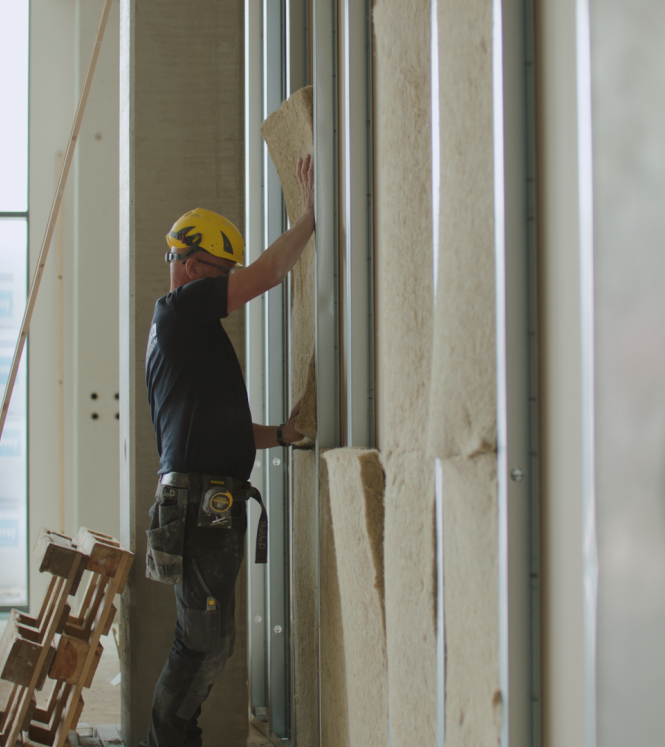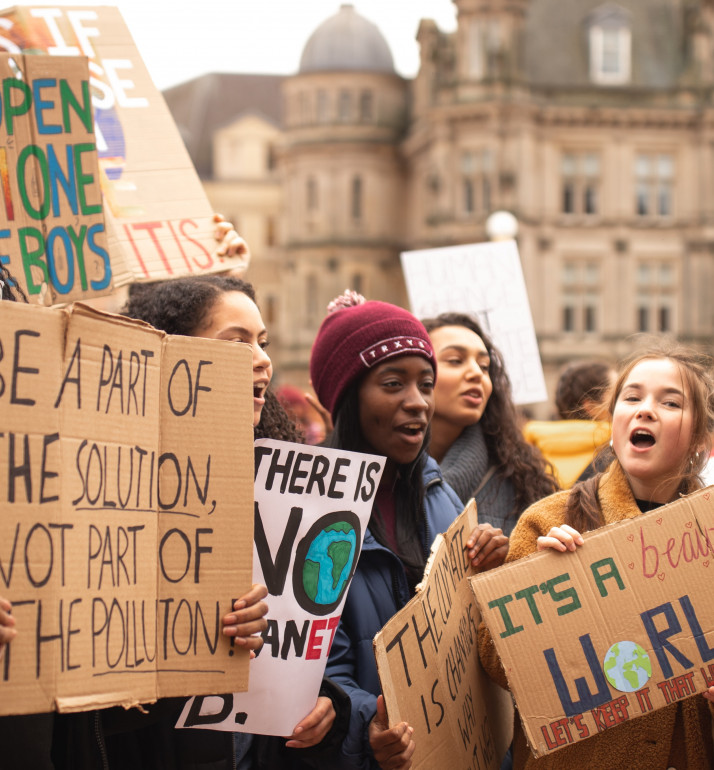
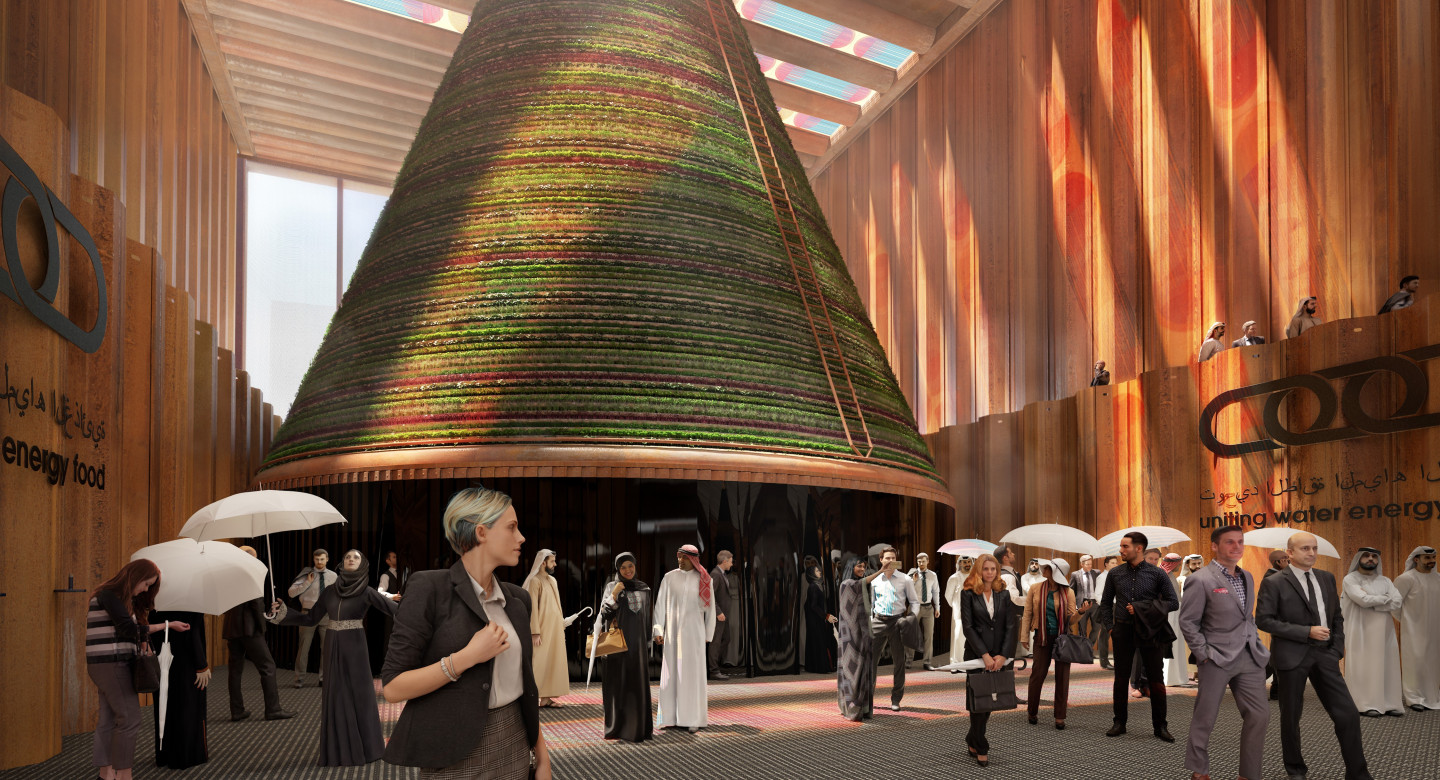
Expo 2020 Dubai: uniting water, energy and food
To feed, house and secure a growing world population, we need to rethink the way we use scarce resources. Visit the Dutch pavilion at Expo 2020 to immerse yourself in our miniature climate and to join the conversation on how we can connect minds to secure water, energy and food.
Uniting water, energy and food
Water, energy and food are closely connected, and actions in one sector have immediate effect on the others. To reach food security, we need energy and sufficient fresh water. When fresh water is limited, extra energy for desalination is required. Only when we work together and address the challenge as one, we can secure a sustainable future for all.
In the Netherlands, companies, knowledge institutions and government organisations work across sectors to develop the technologies and solutions of the future. And because for us cooperation does not stop at the border, we are keen to exchange solutions, knowledge and experiences at Expo 2020.
A miniature biotope
The Dutch pavilion at Expo 2020 is designed as a biotope, or miniature circular climate system. Here we show how water, energy and food can be linked to develop innovative solutions for solving global challenges - even in the world’s most challenging climates. Enter this world, and smell, breathe and wonder. Let your senses experience the connection between water, energy and food.
We grow food, harvest water and generate electricity, all in a naturally controlled climate system. At the centre of the pavilion sits a giant green food cone. On the outside this vertical farm is covered with edible plants, the cold, dark and humid inside is perfect for growing mushrooms. Ap Verheggen’s solar-powered Rainmaker turns desert air into a continuous supply of safe and clean water. The solar cells in the pavilion’s skylights, designed by Marjan van Aubel, provide the pavilion with electricity. At the same time, these skylights allow sunlight into the pavilion and filter this light which the plants use for photosynthesis. Light and colour reflect, refract and dance inside the pavilion. The result is a perfectly circular biosphere.
In our pavilion, designers and artists are shining the light on technological innovation. Birthe Leemeijer, Kadir van Lohuizen, Joep van Lieshout, Berndnaut Smilde and Theo Jansen seek to stimulate the senses and help promote a wider acceptance of new technology - a prerequisite for solving global challenges.
A sustainable and circular design
The biotope is not the pavilion’s only circular design. The pavilion itself is also meant to be completely recycled and reused when the Expo 2020 doors close. The Dutch pavilion was built and designed by a consortium, consisting of pavilion contractor Expomobilia, V8 Architects, exhibition designers Kossmanndejong and engineering firm Witteveen+Bos. Together, they created a truly sustainable pavilion with the smallest possible carbon footprint. It is no wonder then the NL Pavilion won the "Sustainable Construction Project of the year" category in the Big 5 Impact Awards 2021, a prestigious construction award show in the UAE.
Materials used are all locally sourced, reusable, recyclable or biodegradable. The construction material was rented locally, while the floor, walls, curtains and blinds (Mogu and Buro Belén) are made of bio-based materials. After Expo 2020 ends in April 2022, everything used to build the pavilion will be returned or reused elsewhere in the United Arab Emirates.
Expo 2020 Dubai
Expo 2020 (1 October 2021-31 March 2022) is the first World Expo in the Middle East, hosted by Dubai (UAE). The Netherlands’ participation is aimed at connecting Dutch public and private stakeholders to like-minded counterparts in the Gulf region and beyond, in line with the overarching theme ‘Connecting minds, creating the future’.

